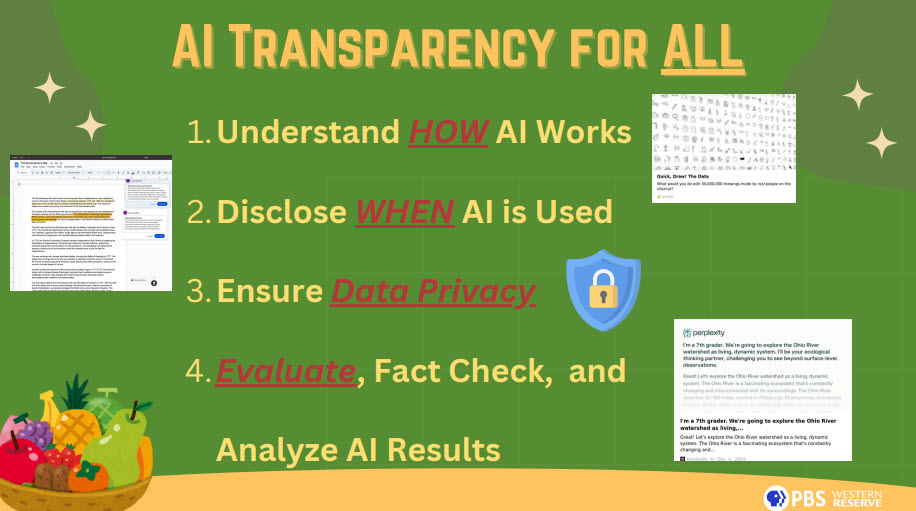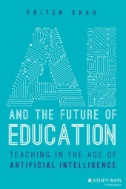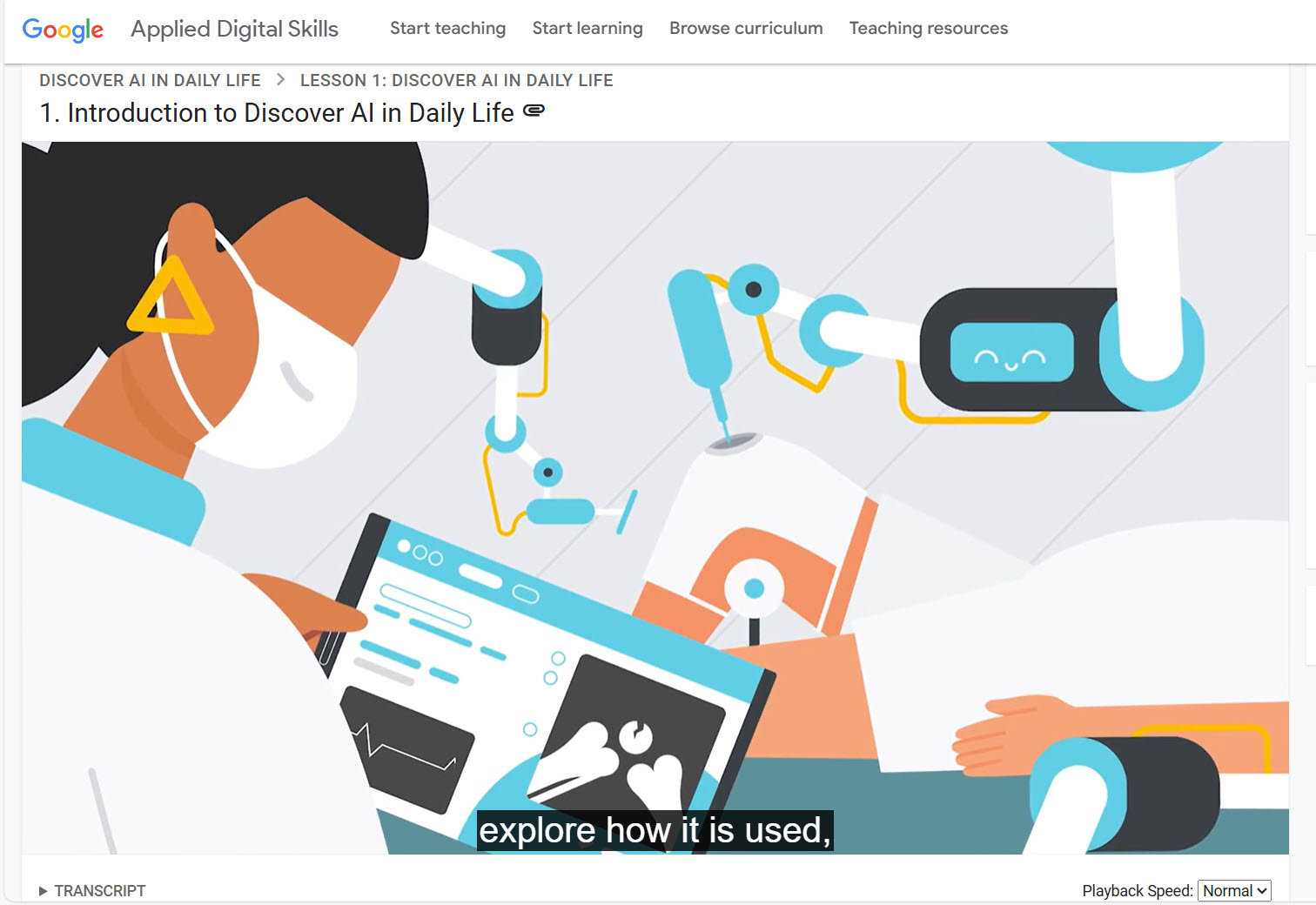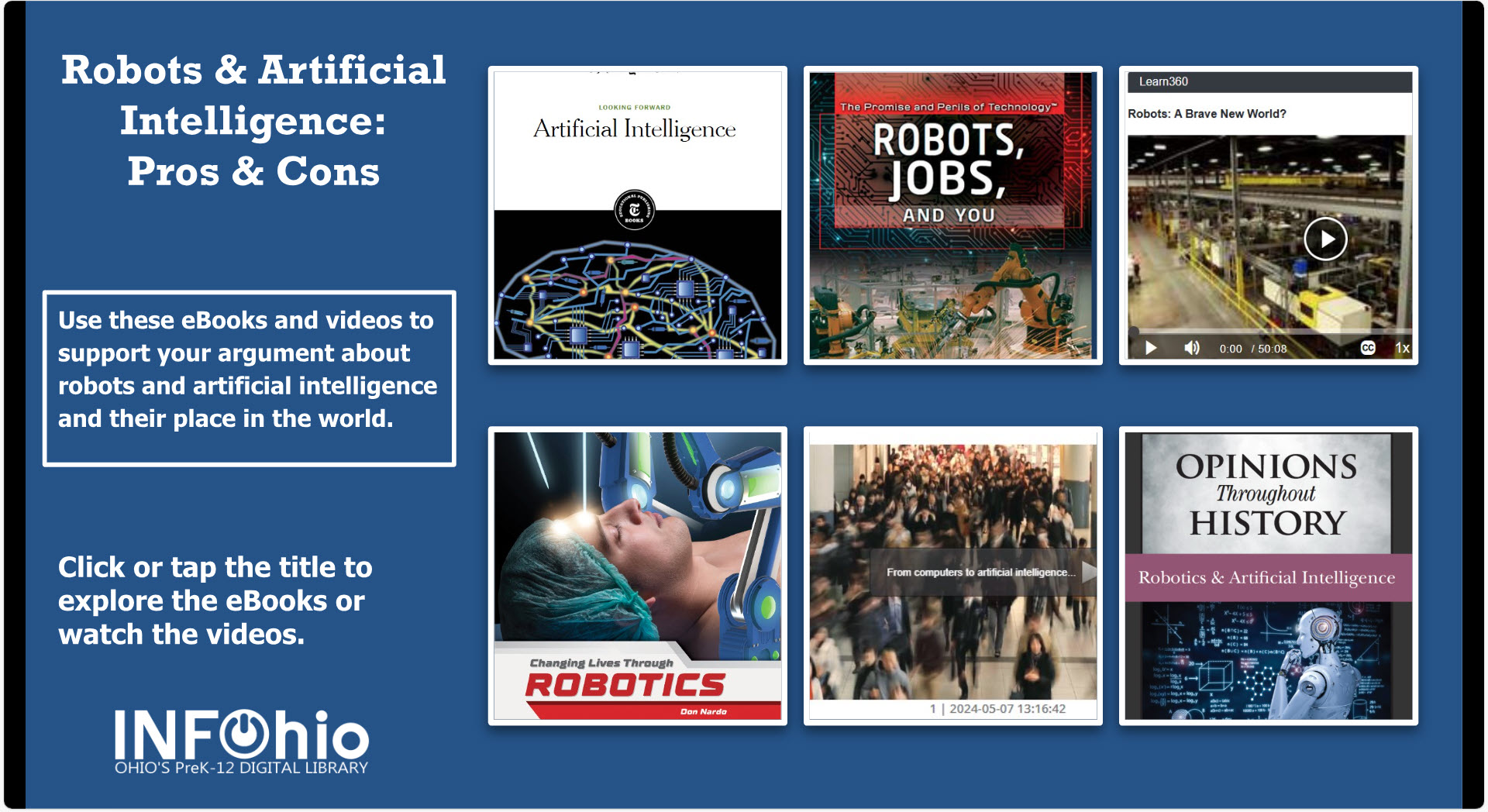Author // Mary Rowland Friday, 04 April 2025
Educators recognize the need to incorporate artificial intelligence (AI) technologies into their classroom, but many don't know where to start. Only 36% of educators reported being comfortable with AI technology in the classroom (Ohio's AI in Education Coalition: AI Strategy). In Ohio, industry, education, and government leaders work together to help educators and employers embrace AI technologies. In May 2024, Ohio leaders took steps to develop a comprehensive strategy to address AI technologies and help educators better prepare students for the workforce of tomorrow. InnovateOhio collaborated with Ohio's AI in Education Coalition to launch Ohio's AI in Education Strategy. The Strategy and AI K-12 Toolkit gives educators guidance and resources to develop policy and integrate AI literacy into the classroom. Read more about the work of this coalition in Ohio's AI in Education Strategy released. The Management Council and INFOhio support the coalition by helping Ohio K-12 school districts use statewide resources to develop policy and find quality instructional materials to teach AI literacy skills to students.
This blog series will explore the five guiding principles in Ohio's AI in Education Coalition: AI Strategy:
Each blog in this series will unpack one or more of the five guiding principles along with the following resources:
These professional learning and student materials are available to Ohio’s educators, students, and their families at no cost.
The series will end with tools and resources from INFOhio to support communities of practice. INFOhio serves a unique role as a space for Ohio educators to create AI communities of practice and offer digital resources and instructional support on AI teaching and learning.
The first guiding principle asks educators to provide students with responsible AI experiences (Ohio’s AI in Education Coalition: AI Strategy). Adopting a practice of transparency will ensure that AI is used responsibly and ethically in classrooms and school buildings. School administrators and educators can work together to create a process for evaluating and selecting AI tools. This process should be straightforward and shared with colleagues and parents. Educators should develop classroom policies and offer guidance for using AI tools for learning and schoolwork. Clearly defining responsible AI use gives students the guidance to confidently know when to use it for schoolwork. As technology evolves, educators will need to continue to guide students as they safely use AI tools. Providing students with responsible AI experiences lays the foundation for using these technologies safely and conscientiously in the classroom and in the workforce.
In the webinar, Smart Choices: AI Transparency and Teacher Guidance, Ohio educational technology coach Christine Danhoff gives four steps to establish AI transparency.

The first step for educators is to understand how AI works. As educators build understanding about AI technologies, they will be in a better position to model responsible use for their students. This basic understanding includes awareness of how AI technologies use and collect data. Educators can use the materials linked below to learn how AI works, identify safety factors for using AI tools, and understand the ethical considerations for AI use.
After establishing a foundational understanding of AI technologies, educators can use the materials below to develop AI policies for their classroom and school building.
 With a foundational understanding of how AI technologies work, educators can begin to develop experiences to communicate ethical AI use to students. The INFOhio eBook, AI and the Future of Education: Teaching in the Age of Artificial Intelligence, gives educators ideas for responsible AI use in their classroom and school building.
With a foundational understanding of how AI technologies work, educators can begin to develop experiences to communicate ethical AI use to students. The INFOhio eBook, AI and the Future of Education: Teaching in the Age of Artificial Intelligence, gives educators ideas for responsible AI use in their classroom and school building.
As educators work together to set up AI use policies, the next step is to find instructional materials to bring responsible AI experiences into the classroom. INFOhio offers supplemental materials educators can use to teach students safe and responsible AI use.



INFOhio provides resources to support Ohio’s educators as they work to bring the guiding principles from Ohio’s AI in Education Coalition: AI Strategy into the classroom and building. Explore the additional resources below as you work to bring responsible AI experiences into your classroom and school building.
Find INFOhio on Facebook, Instagram, and X. Follow us for more blogs in this series.
Mary Rowland is a Senior Instructional Specialist with INFOhio. A former high school English teacher with 14 years of teaching experience, Mary is an accomplished leader who facilitated professional development in her previous district on integrating web-based tools into the classroom, Google Apps for Education, and writing across the curriculum. During her career, Mary mentored student teachers and served on both the district and building leadership committees. She has earned a BA in English, an MS in Education: Curriculum, Instruction, and Assessment, and is a Google Certified Educator Level 2. Mary is passionate about supporting INFOhio’s mission to help Ohio’s educators integrate the tools and resources to strengthen education for Ohio’s students.
Fetch is avaiable to INFOhio automated schools. If you are an INFOhio school, please log in with your school username/password using the button at the top-left corner of this page.
For more information about Fetch, please visit the Fetch information page or contact INFOhio support at https://support.infohio.org.